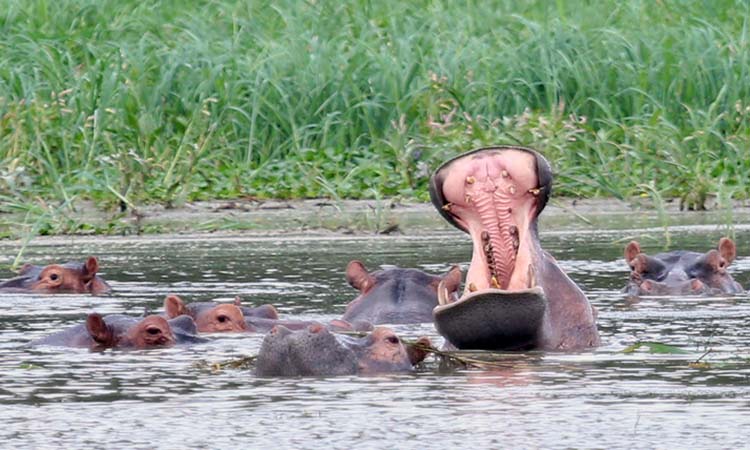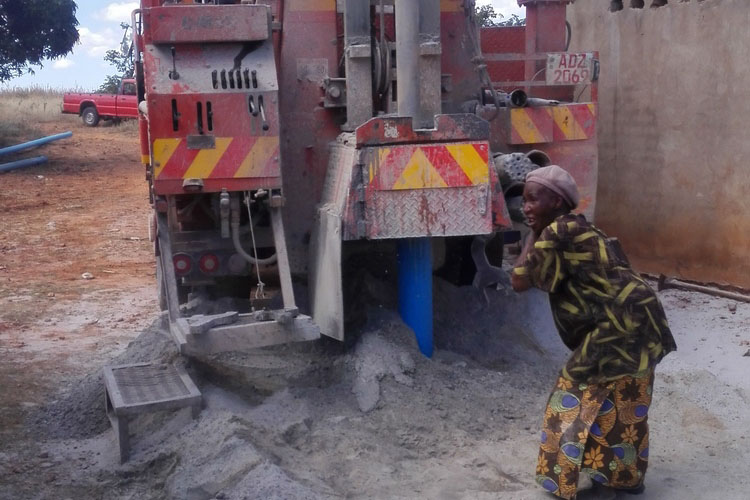
The Sunday Mail

Garikai Mazara recently in Mlibizi, Binga
For over a fortnight between March 27 and April 15, hippopotamuses in the Mlibizi River, which feed into the Zambezi River, were dying one after another.
To the villagers from the surrounding areas, the dead hippos were manna from heaven, which meant free meat for them. Though the Zimbabwe National Parks Authority officially puts the number of dead hippos at 15, villagers said the number could have been more than 20.
“When the rangers from Parks were investigating the deaths of the hippos, they used some unorthodox means of getting information and in turn the villagers did not disclose all the information,” said Sandas Mwinde, a fisherman based in the mainly fishing settlement.
“From what we saw, the number of dead hippos could have been more than 20.”
The Parks authority, whilst putting the figure at 15, said investigations conducted with the assistance of the Department of Veterinary Services had concluded that an anthrax outbreak had claimed the lives of the hippos.
Consequently, those who ate the dead hippos contracted the disease, with two people having been said to have died from the disease. Though the Parks authority could not deny nor confirm the health impact of the anthrax outbreak on people, saying the Ministry of Health and Child Care would be better placed to comment, two people are suspected to have died, with several receiving treatment.
Nursing staff at Siansundu Clinic, where most of the affected villagers were treated, confirmed attending to several villagers and even conducting awareness campaigns to educate them on the dangers of eating dead wildlife.
However, they could not give exact figures, as they are not allowed by protocol to release such information. Efforts to get a comment from Dr Mlilo, the district medical officer for Binga were fruitless.
According to a statement released by ZimParks, the authority strengthened awareness campaigns in the entire Binga district after the mishap.
“A team involving the traditional leadership including ZimParks, the Zimbabwe Republic Police, Chief Saba, the local councillor, Binga rural district council and the Forestry Commission conducted awareness campaigns educating communities on the dangers of consuming meat from the dead hippos as well as encouraging the people in the affected area to quickly seek for medical assistance once they suspected any symptoms of anthrax.
As much as the cause of the hippos have been put to natural causes, the deaths of the hippos bring to memory similar wildlife catastrophes in the country, notably the gunning down of a herd of elephants in the Gonarezhou National Park in 2010 in a smartly crafted poaching syndicate.
The deaths of the hippos also mirror the almost similar nature of deaths of elephants, this time in the Hwange National Park in 2015, in what was concluded to be another smart poaching technique using cyanide poisoning.
Whilst the official explanation has been an anthrax outbreak, what has left wildlife biologists baffled is why only a certain group of hippos were affected yet there are other groups living in the same area, seemingly unaffected – and thriving.
A wildlife biologist, speaking on condition of anonymity, said it is confusing that these hippos were exposed to the same conditions and only a certain group was affected.
“There could be a number of factors, from the rate of exposure to the difference of immunity, variables which cannot be ruled. So if one group has better immunity or was less exposed, the chances of contracting the disease would be minimal.”.



